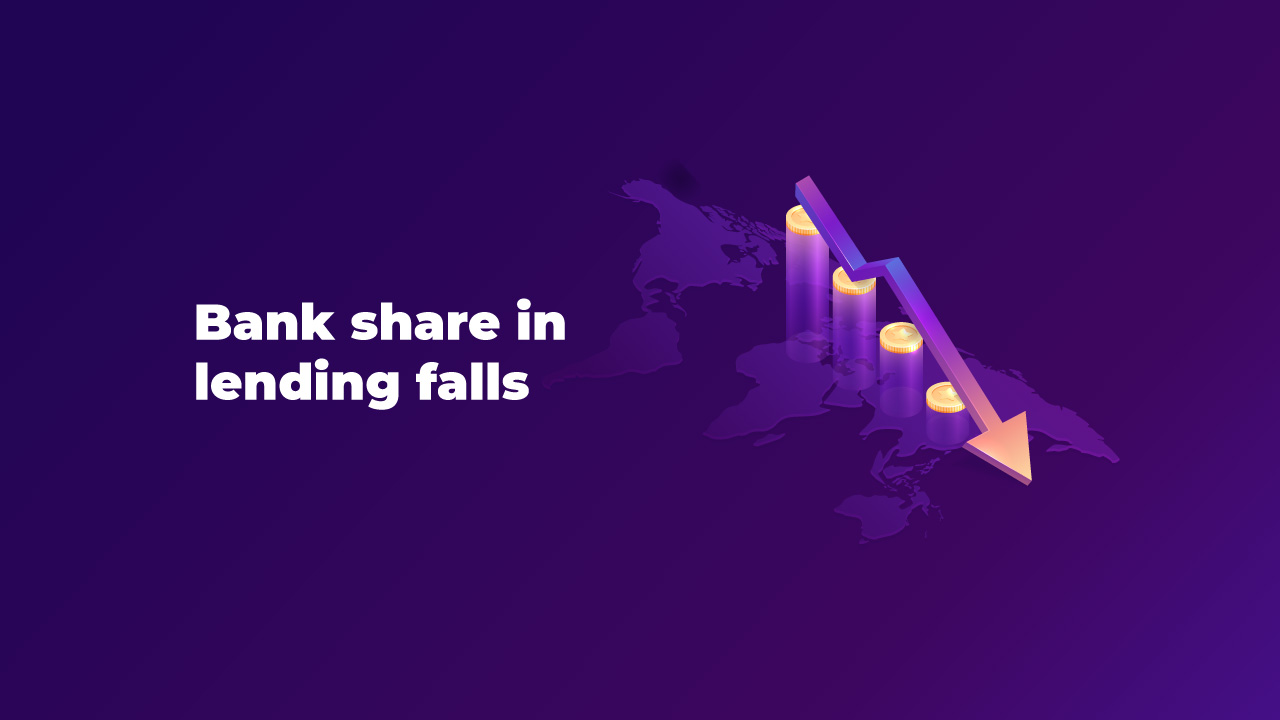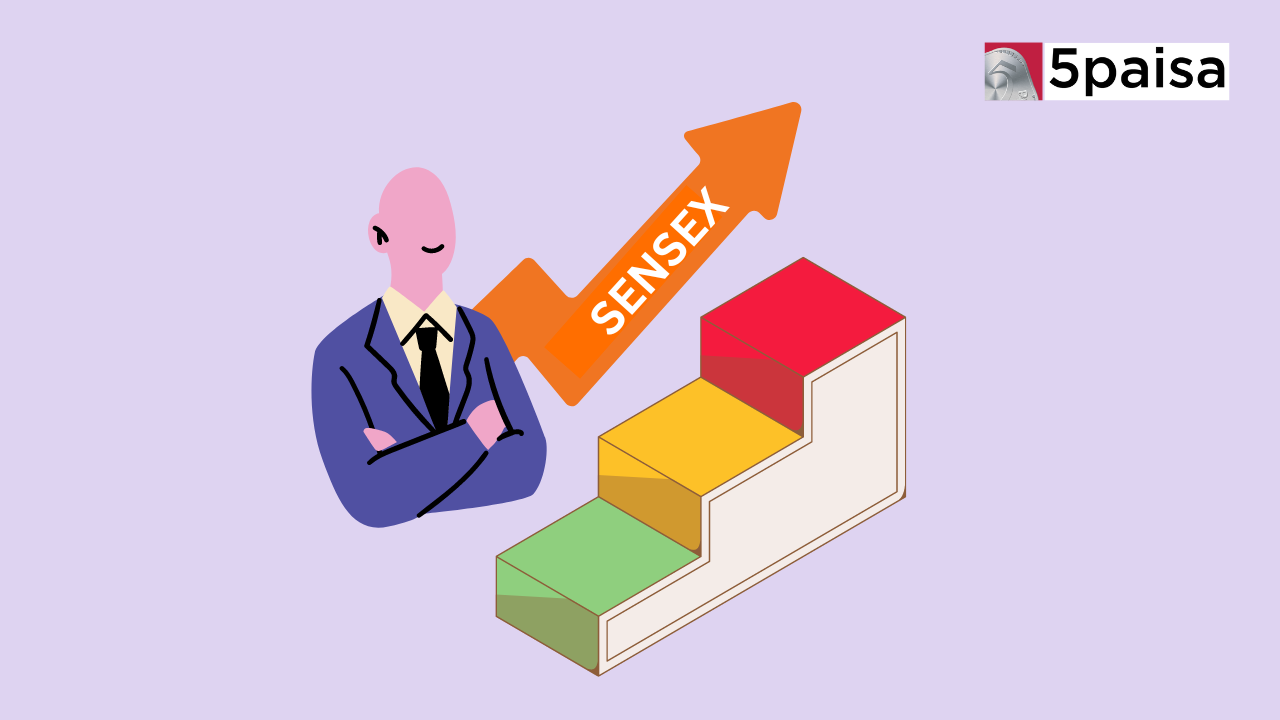List Of Maharatna Companies In India
Banks share in industrial credit fell to 34% in FY21

Last Updated: 13th December 2022 - 03:50 pm
The reluctance of banks to lend to industry is, by now, well known. A recent report by BOFA Global Research has underlined the fact that Indian industrial companies are increasingly relying on other sources for funding their balance sheet and less on the commercial banks.
This trend has coincided with banks starting to lend heavily to the retail segment. While bank loans fell to 34% in FY21, commercial paper and foreign credit have risen.
If you look at this number in perspective, the fall is quite steep. For example, the share of domestic banks in overall commercial credit in India used to be 56% in FY11 but is down to just 34% in FY21.
That is partly because lenders are getting wary and partly because even the borrowers are preferring other sources of funding. Between 2011 and 2021, the share of non-bank credit sources for industrial companies has doubled from 22% to 44%.
The other source of funding for banks that has grown has been the foreign credit and foreign investments at 22%. This includes foreign direct investment (FDI), bank credit and IPO investments as part of foreign credit to the industry.

Among the non-banks, even NBFC credit to industry has been steadily climbing. As per analysts at BOFA, industrials have been significantly lowering their reliance on bank credit but now the fall is getting sharp.
In the aftermath of the pandemic in FY21, bank credit flow tapered but non-bank credit accelerated. In fact, growth in outstanding non-food credit tapered from 6.1% in March 2020 to 5.5% in March 2021. It was already low, and just got lower.
Most of the bank credit is going to the priority sector, to the agri related sectors and towards giving home loans and personal loans. It is the industrial credit side of banking that is actually suffering.
The picture becomes a lot clearer when you look at the incremental bank credit for FY21. In FY21, 44% of incremental bank credit was disbursed to the priority sector with just 6% going to industry. In fact, the share of bank credit in commercial credit has been falling since 2017.
In 2017, when the RBI started the asset quality review for banks, NBFC credit saw a rise. However, this could not sustain as IL&FS and DHFL fiascos turned the tables for NBFCs.
A more updated picture is evident if you look at the sector-wise outstanding bank credit as of December 2021. Industrial credit slowed to just about 7.6% during this period while the credit to services sector grew at around 10.8%.
However, during this period, personal loan growth and farm credit growth were a lot more encouraging at 14.3% and 14.5% respectively. In a nutshell, it is industrial credit that has gone down in the pecking order.
Trending on 5paisa
Discover more of what matters to you.
Indian Stock Market Related Articles
 Sachin Gupta
Sachin Gupta Ruchit Jain
Ruchit Jain Tanushree Jaiswal
Tanushree Jaiswal




